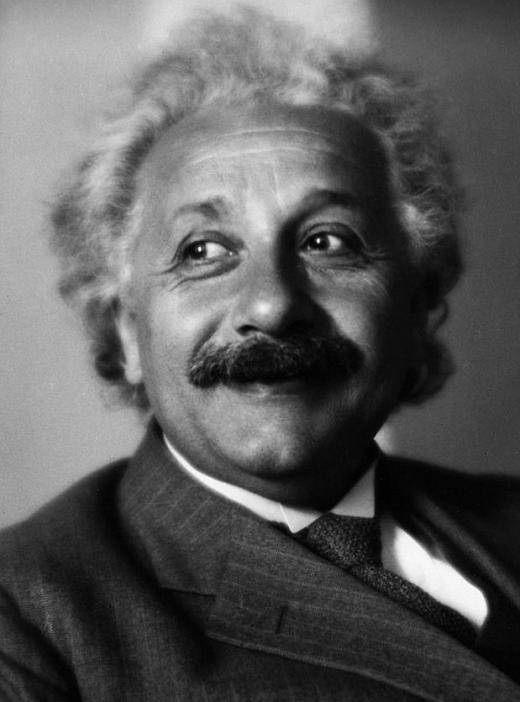What is a Gravitational Lens?
 Michael Anissimov
Michael Anissimov
The gravitational lens is an astronomical phenomenon observed when a massive object, like a cluster of galaxies or a black hole, bends light from a very distant light source, such as a quasar (young and bright galaxy). This occurs due to the gravitational warping of space-time first described by Albert Einstein in his general theory of relativity. It is called a gravitational lens by analogy to a conventional lens. Both can bend light, but in this case the mechanism is very different -- rather than bending light using curved matter, in this case the space-time itself is being curved.
Gravitational lensing can cause distant quasars to appear in locations where they don't really exist. Because the light is bent in the gravity well of a massive object, the apparent location deviates from the actual location. Gravitational lenses can also cause multiple images of a quasar to appear in the sky -- light is bent around the massive object in both directions, thereby producing the multiple image. The "Twin Quasar" Q0597+561, also known as Old Faithful, is the first confirmed object to appear in the sky twice due to the gravitational lens effect. Each of the quasar's images is separated in the sky by 6 degrees. Though Fritz Zwicky postulated that galaxy clusters could act as gravitational lenses in 1937, it wasn't until 1979 that the effect was confirmed by observation.

There are three types of gravitational lens. There is strong lensing, where easily visible distortions are visible, such as Einstein rings, multiple images, or arcs. These are the rarest gravitational lens. Then there is weak lensing, which can only be uncovered by extensive statistical analysis of star and galaxy fields. This form of lensing reveals itself as slight stretching towards the center of the lens. The last is microlensing, which is quite rare, but has proved itself to be the most useful for astronomical study. Microlensing manifests as slight changes in the luminosity of nearby (within our galaxy) objects caused by star lenses. Distinguishing genuine microlensing from star luminosity changes due to other reasons (variable stars, novae, etc.) can be challenging.
AS FEATURED ON:
AS FEATURED ON:












Discuss this Article
Post your comments